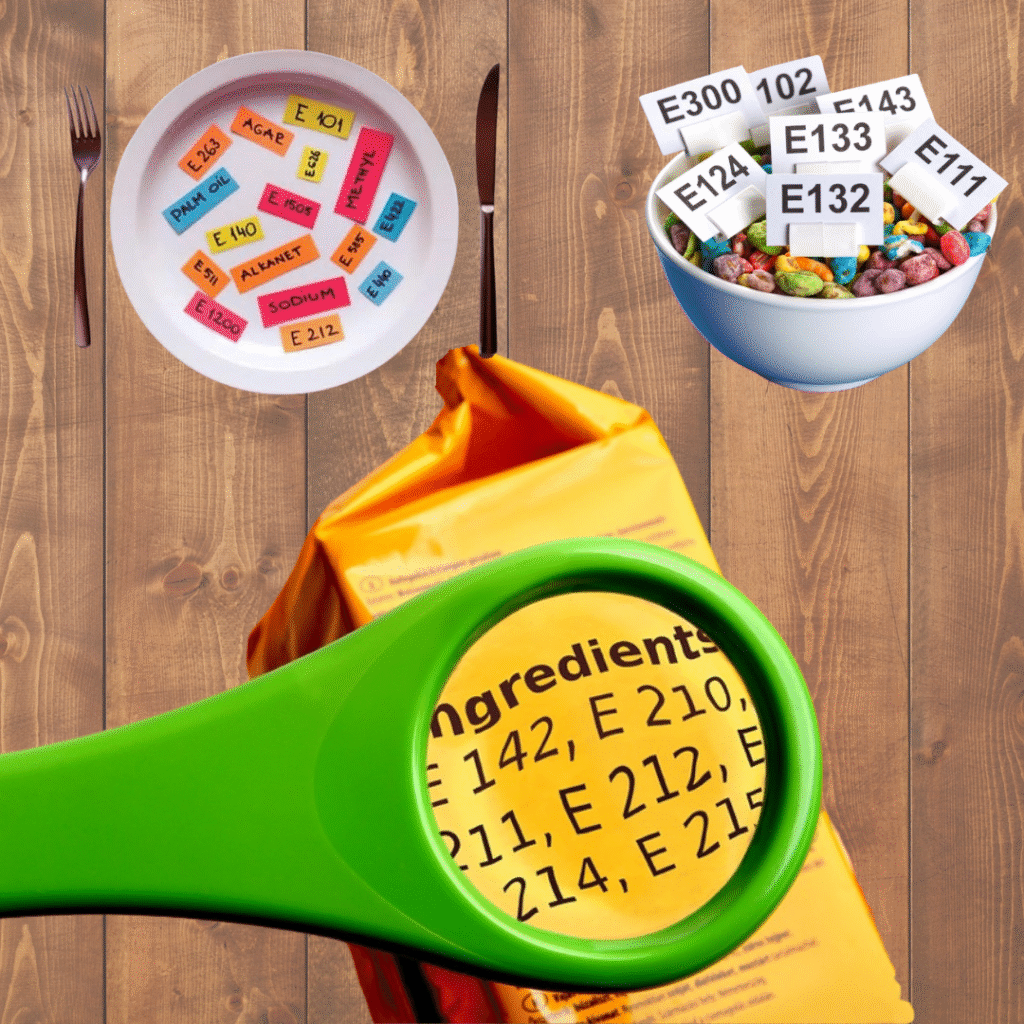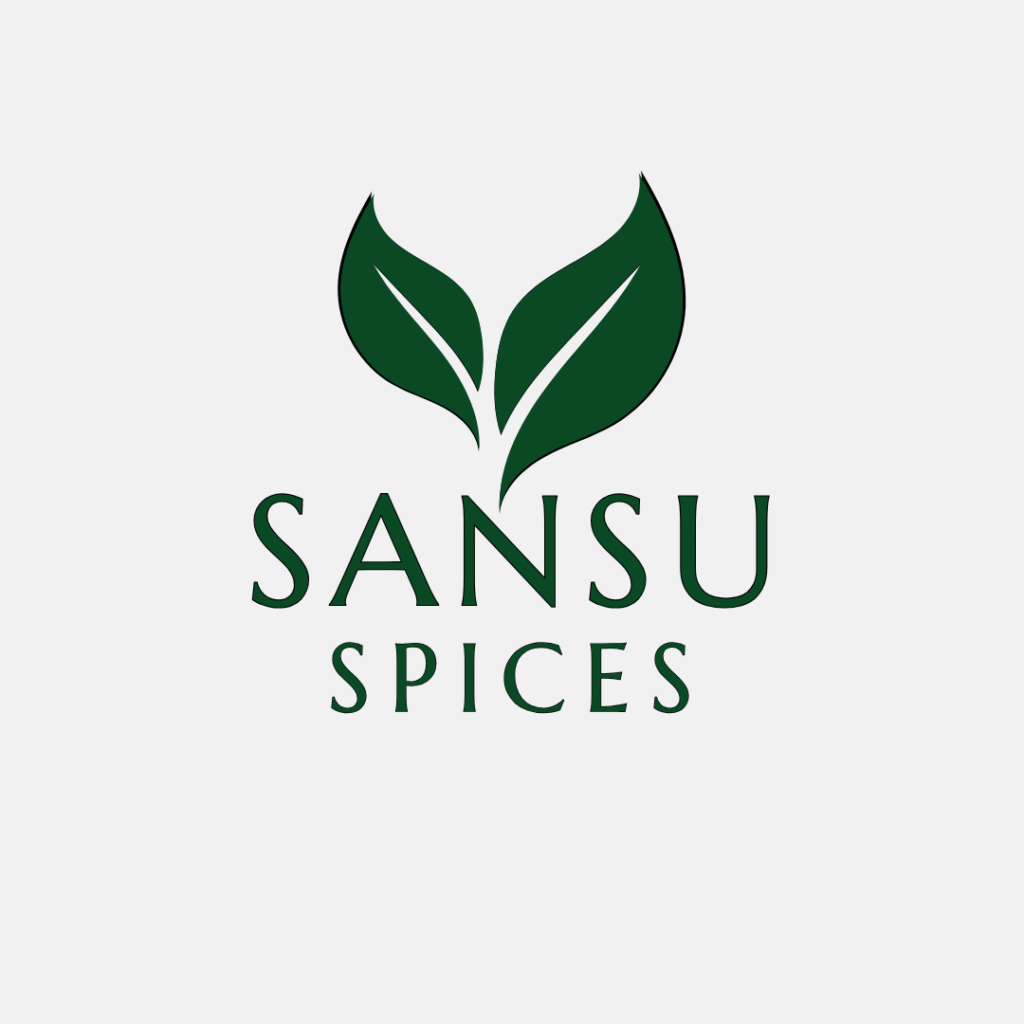What are e numbers? The truth behind food additives
What is the truth behind the food additives? If the product claims that it is organic, then what are those E numbers on the ingredient list? What does that mean? When you purchase a food item, you often see a long list of ingredients on the back of the product. Among them, there are some codes written like E100, E200, and E300. Ever wondered what they are? They are nothing but the E numbers. But what exactly are they? Are they safe? And more importantly, are they really organic? Let’s uncover the truth.
What are E numbers?
E number stands for the European Number. These are the codes used by the European Union to identify the food additives. Instead of writing long chemical names on the product, manufacturers use these E codes to keep it looking organic and safe. E numbers are another name for the chemicals, which we also call food additives and preservatives. Whose only work is to enhance the taste, odour, look, and shelf life.
For Example:
E100 – A Natural colour found in Turmeric(Curcumin)
E300 – Ascorbic Acid (Vitamin-C)
E951 – An Artificial Sweetener(Aspartame)
E numbers are not bad by default. Some are considered harmful and synthetic, and some are natural. In the European Union, there are more than 300 food additives officially approved for use in foods. Many categories are covered within these 300 E numbers, like: Antioxidants, Colours, preservatives, flavour enhancers, sweeteners, etc.


Are E Numbers Really Organic?
This is a very big problem for those people who prioritize organic and natural living above all else. The truth about E Numbers is that.
1. Not all of the E codes are synthetic. Many are derived from natural sources, such as foods, vegetables, and herbs. For example, E160a is a food additive extracted from carrots; its chemical name is Carotene.
2. But many E numbers are made in labs to keep costs low and food stable for longer.
3. Some of them are organic, but most are not truly Organic. If you are a health-conscious person, one who prioritizes an Organic and Natural lifestyle, you’ll need to read the labels carefully and research the source of each additive.
List of the E Numbers that are NOT considered truly organic
❌Artificial Colours (synthetic dyes – not organic)
E102 – Tartrazine
E104 – Quinoline Yellow
E110 – Sunset yellow FCF
E122 – Carmoisine
E124 – Ponceau 4R
E127 – Erythrosine
E129 – Allura Red
E133 – Brilliant Blue FCF
E142 – Green S
E151 – Brilliant Black
✅Allowed in Organic (When naturally derived, and under strict limits)
E100 Curcumin (From Turmeric)
E150a Plain Caramel
E160a Beta-Carotene (From Carrots)
E162 Beetroot Red
E170 Calcium Carbonate (Natural Minerals)
E296 Malic Acid (From Fruits)
E330 Citric Acid (Only if naturally fermented)
❌Artificial Preservatives
E200-E297 (Many of these are synthetic; some natural acids like citric acid E330 may be allowed, but synthetic and benzoates are not)
E210-E219 Benzoates
E220-E228 Sulphites (Present in vines at low levels, heavily restricted)
E249-E252 Nitrites (used in meats, Not-Organic)
❌Artificial Antioxidants
E300-E399
E320 BHA
E321 BHT
E38-E341 Phosphates (Only limited ones allowed in organic)
❌Artificial Emulsifiers, Stabilizers, Thickeners
E400-E499 (Accept E440 and Agar E406 are natural)
E407 Carragenan (Organic certifiers reject it)
E440-E452 Phosphates
❌Artificial Sweeteners
E950-E969 (All Synthetic)
E957 Thaumatin (Though Natural, Often industrially Produced)
How are E numbers made?
E Numbers are made in different ways, depending on the type of additive:
1. Natural Extraction – Directly taken from Natural Ingredients
2. Chemical Synthesis – Created in laboratories to mimic natural
3. Biological Processes – By using the method of Fermentation
Why are these chemicals mixed in your food?
Food Companies add E numbers to the food products due to specific purposes:
Preservation – To stop food from spoiling quickly
Colour Enhancement – To make food look appealing
Flavour Boosting – To Intensify Taste
Texture Improvement – To keep bread soft, Sauces smooth
Sweetening – To reduce sugar levels while maintaining sweetness
What do E numbers do to your body?
There are two sides to the E Numbers
1. Safer Side
2. Risky Side
The Safer Side:
Natural additives like E300 and E160a are actually good for health
Many E numbers pass strict safety tests before being approved by the European Union
The Risky Side:
Some artificial colorants show hyperactivity in children (like E102, E110, and E124)
Some preservatives can cause skin rashes and allergic reactions.
Excessive intake of them may affect your gut health.
These additives are allowed in food, but still, Many Consumers have a negative perception of them. Read “Consumer Distrust about E Numbers: A qualitative study among food experts”
These additives are allowed in food, but still, Many Consumers have a negative perception of them. Read “Consumer Distrust about E Numbers: A qualitative study among food experts”
So, E Numbers are the food additives used for colour, flavour, preservatives, and textures. Some are natural, while others are lab-made. They are not always organic. If taken under control, then it is fine, but regular intake of these artificial additives can be harmful. Remember, the more natural your diet, the less you need to worry about the hidden codes and the chemicals



